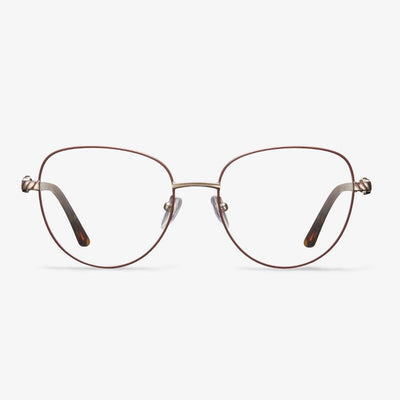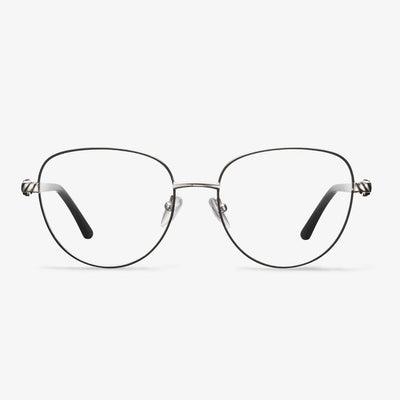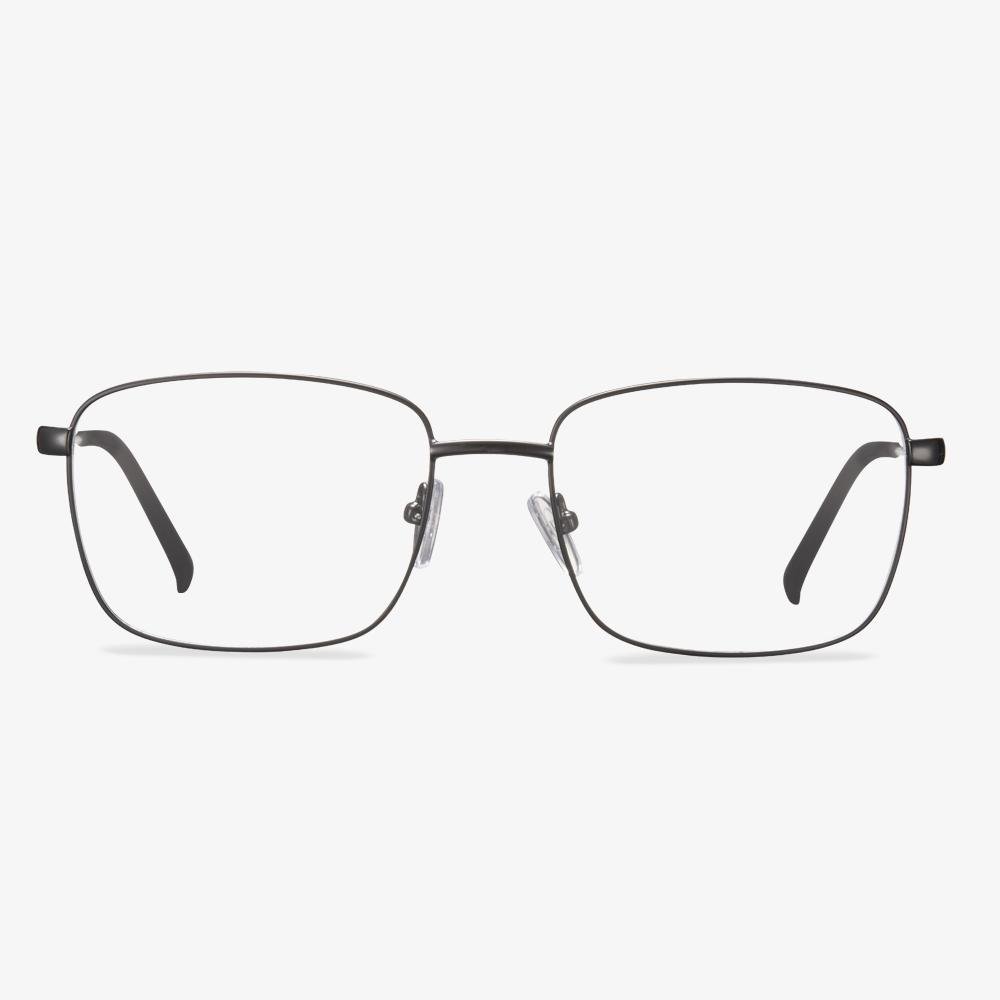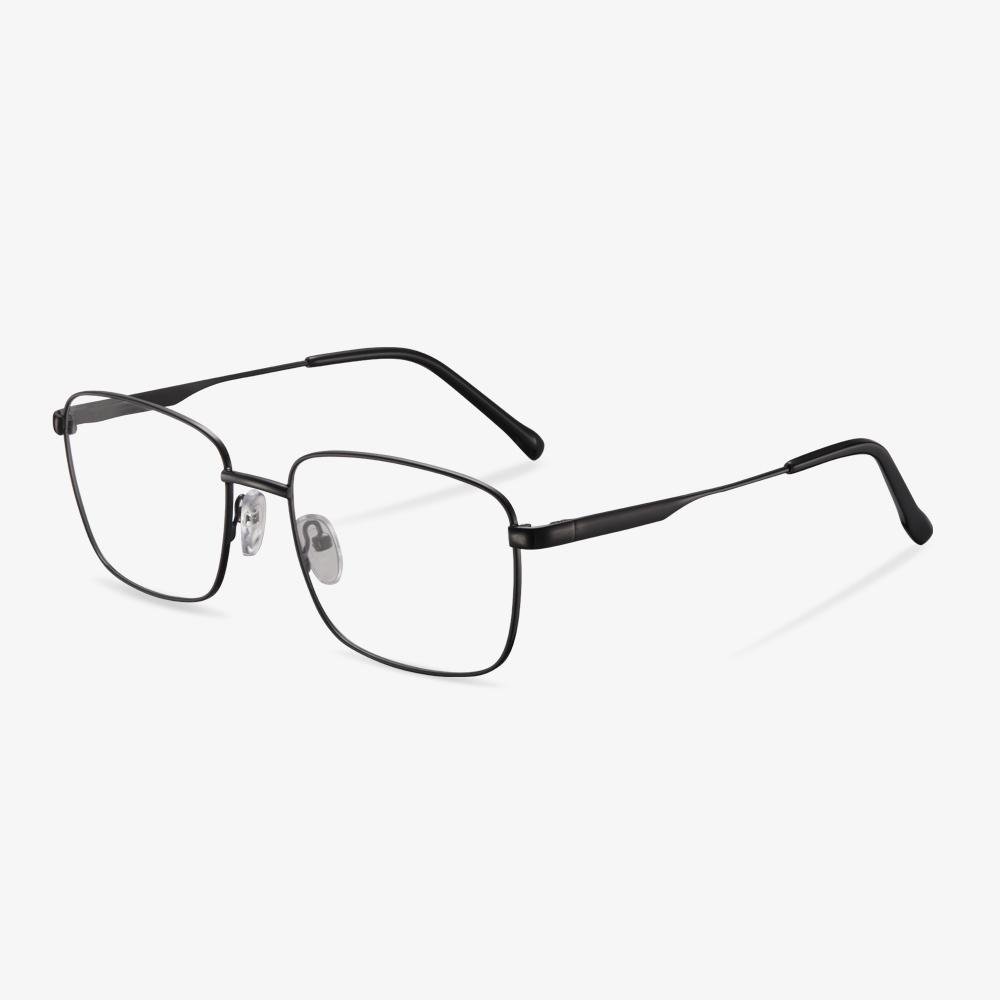Orthokeratology
Orthokeratology is a type of surgery that corrects the eyesight of the eye. It improves daytime vision through a rigid, highly breathable contact lens. Orthokeratology is the use of the principle of reverse geometry. Change the curvature of the cornea with orthokeratology lenses, to achieve the effect of non-surgical vision correction and prevention of myopia.
Although it can effectively improve vision, it still cannot solve the sequelae of high myopia, like macular degeneration and retinal detachment. Orthokeratology lenses were initially used by patients who wanted to temporarily go without glasses, so the websites of orthokeratology lenses in the United States continue to sell them primarily to young people and people who love sports.
What is night blindness?
Diminished night vision can also be called night blindness. When you suffer from night blindness, it does not mean that you can't see anything at all at night. This means that you have difficulty driving or seeing things in dark or dim lighting conditions. Night blindness also makes it difficult for the eyes to change from bright light to dim light. This is why night driving in oncoming vehicles can be challenging for some people with night blindness.
Many people have experienced a condition called night blindness, which can make driving at night difficult. Driving glasses at night should help alleviate this situation. However, research shows that night driving glasses are generally ineffective.
If you encounter problems while driving at night, please make sure that all reflective surfaces in your car are clean and free of dirt. You should also see an ophthalmologist determine the cause of the problem. Many causes of night blindness can be easily corrected, making you and others safer during the journey.
Rimless glasses
The too apparent frame will be distracting. Rimless or light-framed glasses are the least visible, avoiding stealing the wearer's thunder, and look more mature, which is why many business leaders wear rimless glasses. For those with low levels of self-deprecation or obvious shortcomings, wearing glasses may be a plus.
Sunglasses are a type of non-prescription sunglasses.
Sunglasses are popular non-prescription glasses. As a kind of non-prescription glasses, sunglasses can protect your eyes. Many sunglasses filter out ultraviolet lights, which can be harmful to your eyes. Wearing sunglasses can help keep your eyes healthy. Sunglasses have become fashion's flagship products, and countless products can be sold at different prices. The combination of function and fashion has made sunglasses the favorite type of non-prescription eyewear for consumers.
Progressive lenses and single vision lenses
Single vision lenses are the most commonly used prescription lenses. This lens type has a single field of view or a prescription ability of the entire lens and can be used to correct myopia (nearsightedness) or hyperopia (supervision).
Progressive multifocal lenses are lenses with different upper and lower powers for the upper part to see far, and the lower part to see near. The distance from the fixed power above the lens to the fixed power below the lens does not change suddenly, but there is a gradual transition between the two through the gradual change in refractive power.
What Are Polycarbonate Lenses?
Polycarbonate lenses are made from a type of plastic that is famous for its durability. Polycarbonate lenses are perfect for those who are doing sports while wearing glasses. It is also used in children’s glasses since kids are much less careful with their glasses than adults.
How to Tell If Your Progressive Lenses Are Correct?
When you can’t read with your progressive glasses, you can try this way. Hold something you want to read in your hands and lower your look with your eyes. But please note do not move your chin down as you look down. Then look down at something to read but do not lower your chin. Look at something you want to read. Rotate your head to the left and right and right with one eye at a time. If you can read in a rotated position, the reading zone is out of place. If you can’t read at all, the progressive glasses may be wrong.











































